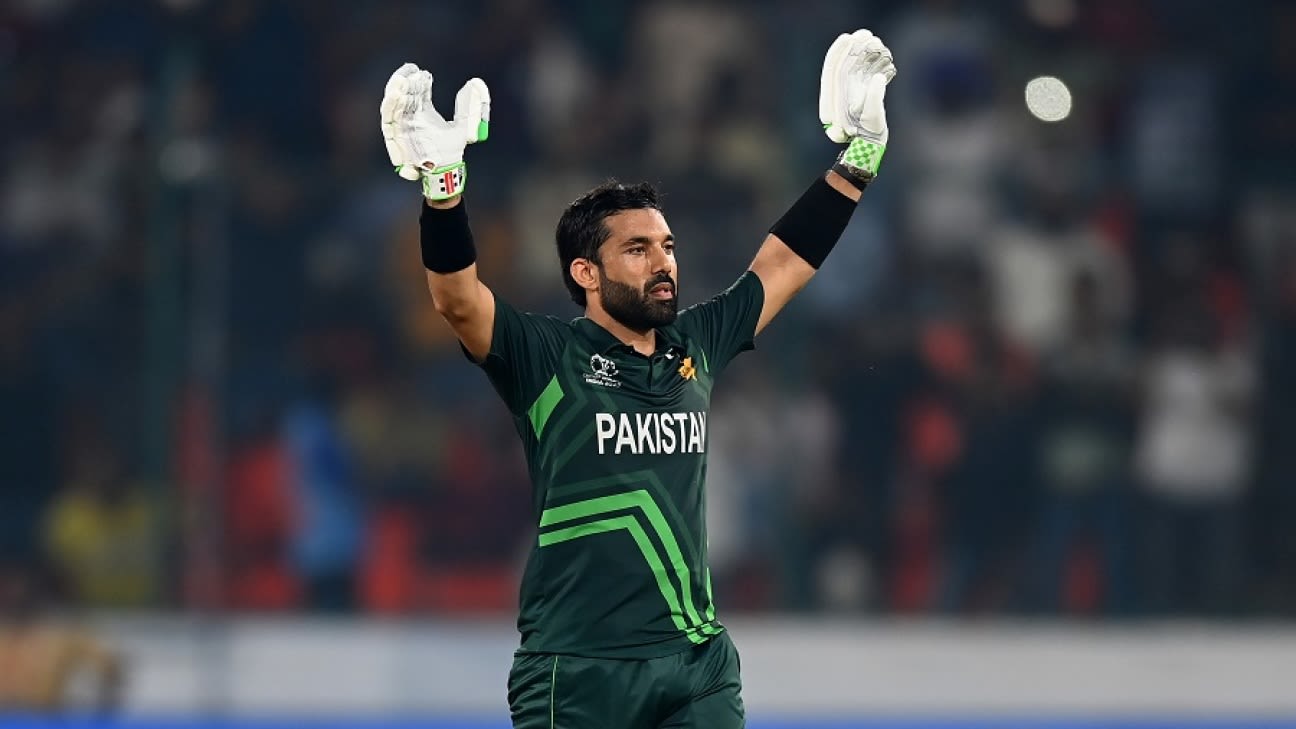Between awe at Pakistan’s top three and despair at a non-performing middle order over the last little while there’s only been room for an underwhelming kind of meh for someone who is, by some basic but compelling measures, arguably the world’s best ODI No. 4.
This is exactly the kind of batter cricket loves: a feisty, counter-punching man for a crisis, adept at drawing the best not just out of himself, but his partners. This is the batting ideal as Mother Teresa was the human ideal. You can’t argue against it.
It’s likely also that there’s been a slight conflation of the T20 Rizwan with the ODI version which is only natural given there’s been so much more of the shorter format since the last World Cup. That debate, about powerplay strike rates and the opening partnership with Babar, is a nuanced one, about explosiveness versus high-speed accumulation. But it’s become heated and dealt with in absolutes, spilling through into other formats where, in fact, those issues don’t matter.
The ODI No. 4 is a tricky position to do right. You could be coming in to face fresh fast bowlers and a hard new ball before the 10th over, warding off an early crisis. Or you could be coming in against spinners or change bowlers and a softer ball in the 30th over, ready to freewheel off a solid base. Potentially you play across all three powerplay fielding restrictions. As a successful opener in T20s and an accomplished No. 6 in Tests (until at least he was dropped – harshly – at the start of the year), Rizwan would appear tailor-made for it, expected to do exactly the kind of things he’s done this year.
It is the kind of innings that has nowhere to hide.
And the next match is the kind where there will be nowhere to hide, in front of 100,000 people in the stadium and tens of millions around the world. Which, if we know nothing else about Rizwan we know at least this much, is exactly as he likes it.
